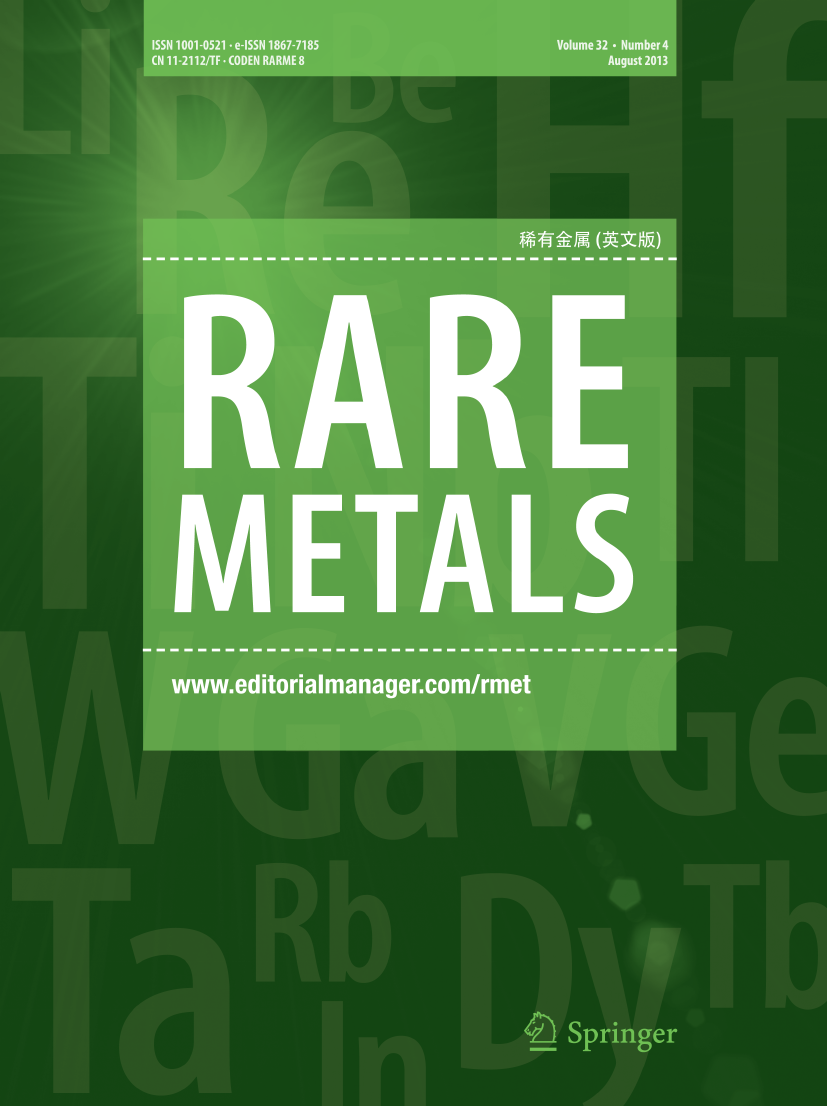Optimization of high-quality YBa2Cu3O7-δ superconducting nanowire fabrication by post-thermal annealing
Abstract
The fabrication of high-quality YBa2Cu3O7−δ (YBCO) nanowires has garnered significant attention in the field of high-temperature superconductivity due to their potential applications in quantum communication, deep space exploration, and various other fields. Cl2-assisted reactive ion etching (RIE) stands out as a more effective and efficient method for patterning scalable thin films. However, neither RIE nor high-density RIE has achieved superconducting YBCO nanowires with a width smaller than 3 μm. Here, we delve into the factors that limit the line width of Cl2-assisted inductively coupled plasma reactive ion etching (ICP-RIE) processing and the method to elimiate them. Our approach involves utilizing Cl2/Ar as etching gas and incorporating a specialized vacuum heating process after etching. Our experimental results demonstrate the successful realization of 10 nm-thick YBCO nanowires with widths as small as 0.15 μm, exhibiting excellent performance in terms of their intrinsic superconducting properties. The mechanism is evidenced by X-ray photoelectron spectroscopy (XPS) analysis in comparison of nanowires with and without heating treatment, in which the residual Cl2 on the sidewall of nanowires evaporates and oxidizes Cu+ back into Cu2+ in an unetched state.
Graphical abstract

 求助内容:
求助内容: 应助结果提醒方式:
应助结果提醒方式:


